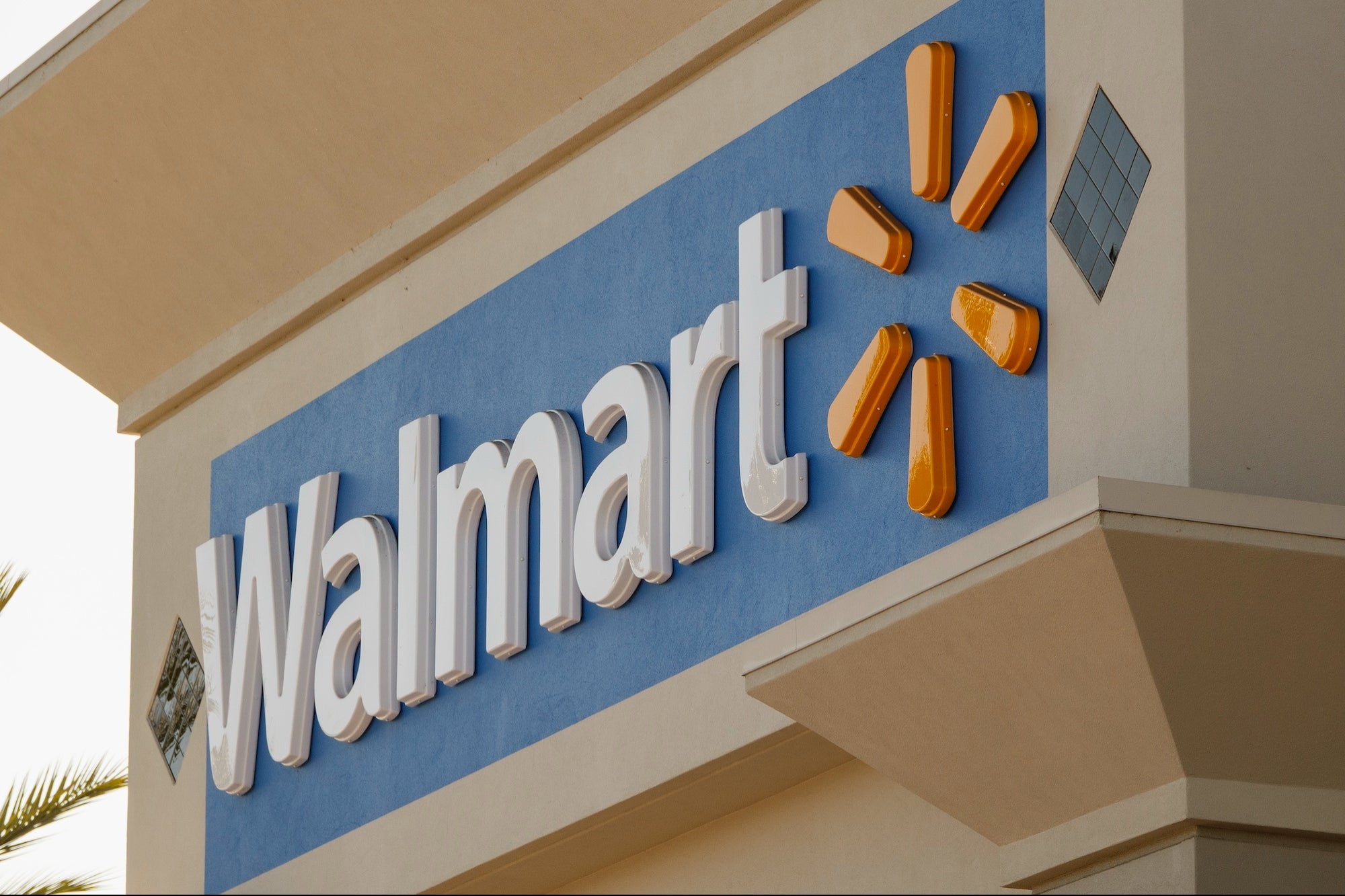The Death Of Vanity Metrics: How to Find the Right Creators for Your Brand In 2025, successful influencer marketing will focus on engagement, community-building, and platform-native strategies—moving beyond vanity metrics to create meaningful, long-term brand growth.
By Ben Jeffries Edited by Patricia Cullen
Opinions expressed by Entrepreneur contributors are their own.
You're reading Entrepreneur United Kingdom, an international franchise of Entrepreneur Media.

For many years, the PR and marketing industries have approached creator marketing the wrong way, mainly basing decisions on follower counts. While this is still the case for some brands, reach without engagement is ultimately meaningless.
A creator with a million passive followers won't drive real, tangible results - whereas a smaller creator with a loyal, highly engaged community will. If you're measuring success purely in sales, you're setting the wrong benchmark. Creator marketing isn't just about conversions - it's about trust, credibility, and long-term cultural influence.
We know from extensive research that consumers rarely buy the first time they see a product. They follow, engage, and consider before making a decision. The real power of a creator lies in their ability to shape opinion and initiate trends, not just deliver instant conversions. A number of British brands have already embraced this approach. Gymshark understood early on that working with fitness creators who are "human," relatable, and influence subtly (i.e., without the hard sell) would be key to their success. Boots is another company that shapes culture by working with authentic beauty creators who educate, promote body positivity, champion skincare science, and reflect the diversity of their customer base. This means their customers are able to see themselves in the brand, without products being shoved down their throats.
One thing I still see often is brands assuming creators are interchangeable across all the different social media platforms. According to Influencer's 2025 Creator Perspectives Report, 76% of creators tailor content for each platform - yet many brands still repurpose the same asset across every channel. A TikTok star isn't necessarily an Instagram influencer, and what works on YouTube won't translate to Facebook or Snap.
So, how do you find the right creators for your brand? Introducing Influencer Marketing 2.0 - it's a whole new playbook.
1. From vanity metrics to value metrics:
Follower count is a relic of the past. The key is to prioritise engagement quality, save-to- view ratios, shareability, audience sentiment, and creator resonance. Instead of just counting impressions, ask: Are people taking action? Are they saving, sharing, and commenting in a meaningful way? Real influence is found in action, not reach.
2. From transactional to community-driven campaigns:
Creator marketing is about more than just getting a post out there. It's about embedding creators into your brand's broader ecosystem. The most effective campaigns aren't one- off posts; they are multi-touchpoint journeys that build community and foster long-term advocacy. If you want to build lasting connections, you need to invest in creators as brand storytellers and cultural leaders, not just content distributors.
3. From channel-first to platform-native thinking:
Repurposing the same content across platforms doesn't work. A TikTok creator producing lo-fi, fast-paced content won't automatically resonate on Instagram, where the aesthetic is more polished, or on YouTube, which favours long-form videos. That's 1.0, but where 2.0 comes in, is platform fluency. The most successful brands today aren't just adapting content - they're designing campaigns around how each platform's culture works. That means understanding TikTok's algorithmic trends, Instagram's visual storytelling norms, YouTube's deep-dive content appetite, and even the emerging influence of creators on platforms like Reddit
or Pinterest. It's not just about where creators show up, it's how they show up - and whether your brand feels native, not noisy. If your collaborations adapt to each platform's unique nuances, ensuring content feels native, you will win.
4. From creative add-on to strategic engine:
Creators should never be an afterthought - they need to be integral to your marketing strategy. Involve them early: have their input on shaping the campaign narrative, messaging, and creative. If you bring them into the process from the beginning, you'll be able to build authentic campaigns that resonate with your audience. Our report showed that 57% of creators want to understand their role in the bigger marketing picture, so
they're actively asking for a seat at the table. By aligning creators with your broader marketing goals, you can leverage their expertise to drive more effective, audience-first campaigns and fuel long-term growth.
5. From one brief to a creator flywheel:
We're moving away from one-off influencer partnerships toward ongoing creator ecosystems. Again, this is 1.0. Though the future of creator marketing isn't about retainer-based relationships; it's about dynamic, always-on partnerships where creators provide real-time insights, contribute to creative direction, and become an integral extension of your team. Your teams need to think like a Creator - so in order to think like
a Creator - they need to have Creators they can involve. Instead of launching isolated campaigns, you need to build an ongoing feedback loop between your brand, creators, and consumers.
Finding the right creators for your brand:
The right creator isn't just someone with a big audience; it's someone with influence, credibility, and a voice that aligns with your brand's values. By prioritising value-driven metrics, platform-native storytelling, and deeper creator relationships, you can move beyond outdated vanity metrics and create lasting, meaningful impact.
In 2025, the best creator marketing won't come from choosing the biggest names—it
will come from choosing the right ones.













